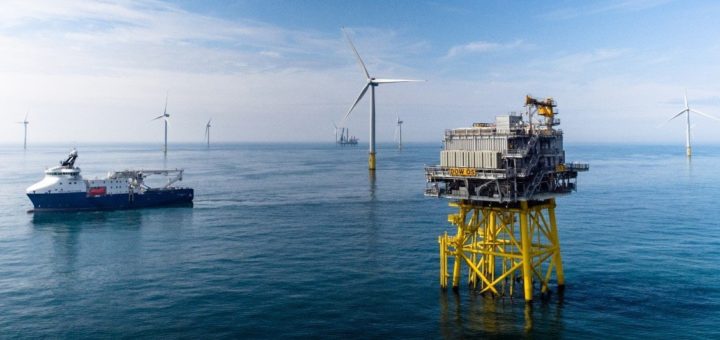Achieving a decarbonised electricity sector is difficult, the main problem lies in integrating new energy sources e.g. Renewable Energy Sources (RES) into existing energy systems. This research is focused on achieving a decarbonised electricity sector in Greece and include both generating and storing clean energy at the local level. The DREEM model was calibrated for the case of Greece and simulated for 3 scenarios. Resulting with 2 policy scenarios.
Public / policy - National
In 2008, the Climate Change Act was established in the UK, committing to achieve 80% GHG emission reduction by 2050 compared to 1990. The UK electricity supply will need to be largely decarbonised by around 2030. The UK Government has supported both the development of renewable energy and nuclear power, but more the focus on the latter. There has been wide-ranging interest in the possibility of Small Modular Reactors (SMRs), but also risk and uncertainties.
CO2 emissions from non-electricity energy uses, e.g., industry, transport, and heating, are the greatest impediment to meeting Paris Agreement ambitions. For 1.5°C temperature increase limit; negative emissions technologies will become a necessity and implies a remaining carbon budget of just 200 billion tons of CO2 until 2100. Compared to the 4,000 billion tons of CO2 that would be emitted until 2100 if current trends continue. Future CO2 emissions must be kept within a finite budget.
Many European countries has committed to reducing greenhouse gas emissions by 80-95% in 2050, relative to 1990 emission levels as part of the Paris Agreement which set an international ambition to combat climate change. Agriculture contributed 13% of the Netherlands’ total greenhouse gas emissions in 2016 from various soruces. Within the livestock sector, GHG emission reductions will need to be viable from an economic perspective but also meet social and environmental standards.
The transport sector accounts for almost 1/4 of the EU’s total GHG emissions, and decarbonisation of the sector is therefore crucial. The use of electric powered transport is emerging as the most viable near-term solution to reduce CO2 emissions road transport. The falling costs of batteries means that Battery Electric Vehicles (BEVs) for personal use are becoming more cost competitive, so large potential for Electric Road Systems (ERS) but with substantial uncertainties in costs.
Report from the bioenergy workshop series in Bali with in total 62 participants who attended the event. Among them, 18 were students, 15 were local and national representatives of the government, 14 were researchers, 10 were from private sectors, and 5 were farmers.
Kenya has committed to reduce domestic GHG emissions by 30% by 2030 but also is attempting to grow its economy against a backdrop of international agreements to reduce greenhouse gas emissions. This will mean harnessing the country’s significant renewable energy potential. The study covered three technologies: wind, solar, and the third, geothermal, is more specific to Kenya due to the Great Rift Valley. Overarching areas of interest and policy recommendations are given.
The ‘Winter Package’ in the EU focusses on clean energy for all Europeans and contains specific goals for energy and climate and calls upon Member States to formulate Integrated National Energy and Climate Plans (INECPs). Case study findings in support of INECP formulation are assessed in this report of three case studies: Greece, Austria and the Netherlands.
Evaluation of climate change mitigation policy is critical for how well policies and measures work. Offering insights in the functioning of policies can enhance the transparency of policy implementation, which is essential to gain citizens’ support for those policies. The CARISMA project team carried out a meta-analysis of climate policy evaluations in EU Member States and found that the energy sector is dominant in policy evaluations. Supports future EU legislative proposals and accompanying impact assessments.
Risks are associated with policies to combat climate change and can be divided into two broad categories: Implementation risks and Consequential risks. TRANSrisk research has shown that the number and nature of risks that can be assessed using economic models is limited. Assessment work generated outcomes at the level of case studies and at meta-level. Shows how assessment of risks and their underlying dimensions changes depending on an expert’s professional background with different stakeholder groups.










